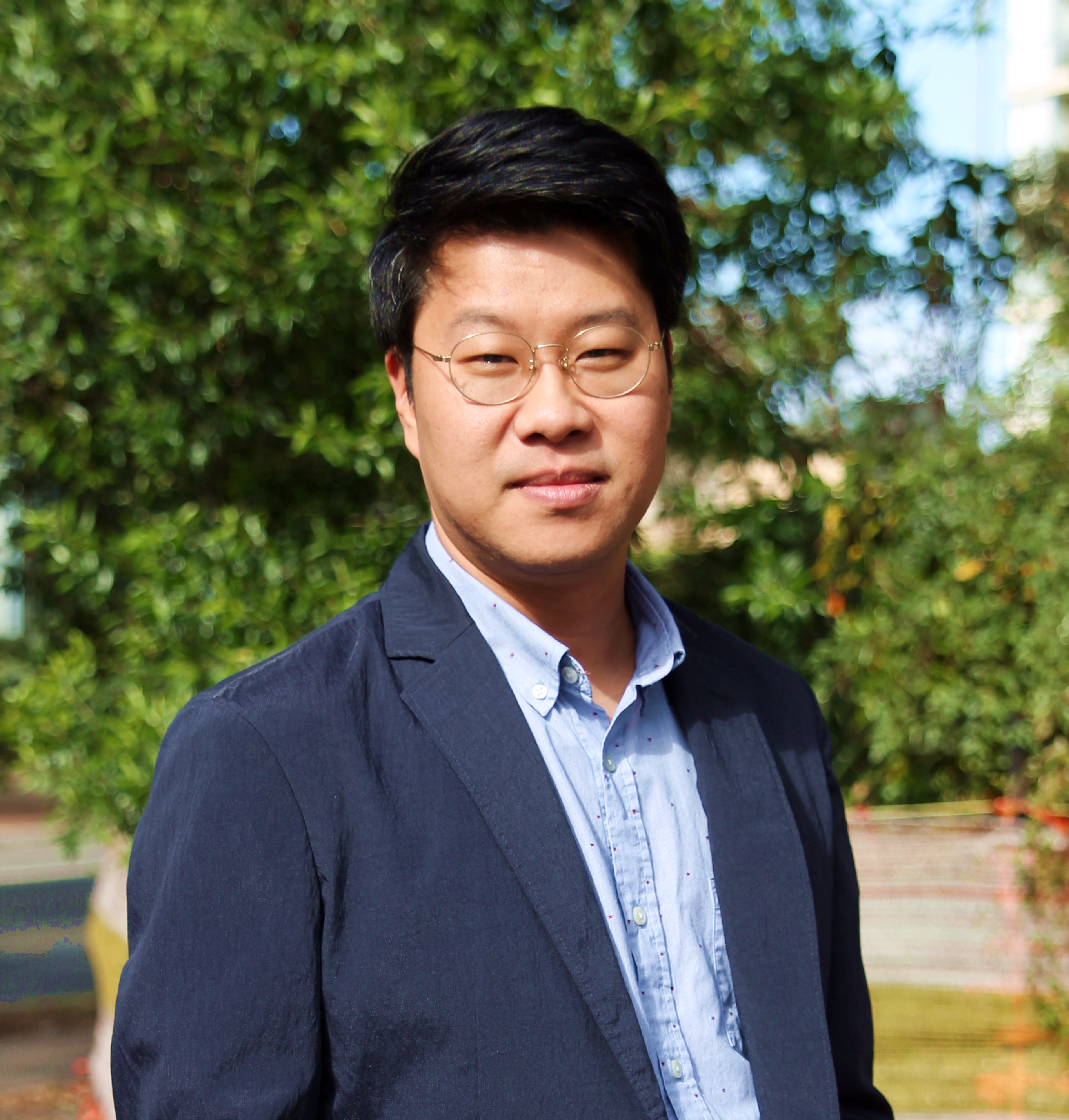Invited Speaker

Dr. Dong-Hoon Lee
Department of Radiation Convergence Engineering, College of Health Sciences, Yonsei University, Republic of KoreaSpeech Title: Signal Alterations of Glutamate-weighted Chemical Exchange Saturation Transfer in the Demyelination and Remyelination
Abstract: Evaluation and study of demyelination and remyelination may be a major factor in determining the outcome of myelin degeneration with substantial axonal and neuronal cell loss in diseases such as multiple sclerosis. It has become increasingly apparent in recent years that in vivo pathophysiological changes in glutamate occur during demyelination and remyelination in the brain’s white matter. Therefore, observation and evaluation of changes in glutamate levels, a potential essential biomarker, are important to estimate brain metabolism during myelination. Glutamate-weighted chemical exchange saturation transfer (GluCEST) has been introduced as a useful imaging tool that could be used to detect changes in glutamate levels in vivo. In this study, we investigated in vivo changes in glutamate level in the cerebral white matter using GluCEST imaging on a 7 Tesla magnetic resonance imaging (MRI) system, on the premise that changes in glutamate may serve as a significant bio-imaging marker in the processes of demyelination and remyelination.
Keywords: Glutamate, chemical exchange saturation transfer, demyelination, remyelination, cuprizone
Biography: Dr. Dong-Hoon Lee's works have broadly focused on the MR molecular imaging and image reconstruction strategies to develop the cutting-edge technical methodologies in the pre-clinical/clinical MRI system. I studied the acquisition of high-quality imaging data with developed pulse sequences and applied many technically developed methods to the MRI systems such as eddy-current & motion corrections, multi-channel parallel imaging, and fast imaging reconstructions (machine learning and compressed sensing). Based on these data handling strategies for application to MR molecular imaging techniques, I have studied focusing on the signal mechanism and development of accurate signal quantification methods to elucidate the biophysical and molecular mechanisms in the neuroscience field. To explore this exciting research field, I am now profoundly involving the multiple types of research to evaluate the neuro-biomarker in various brain diseases using MRI and PET-MRI systems.
